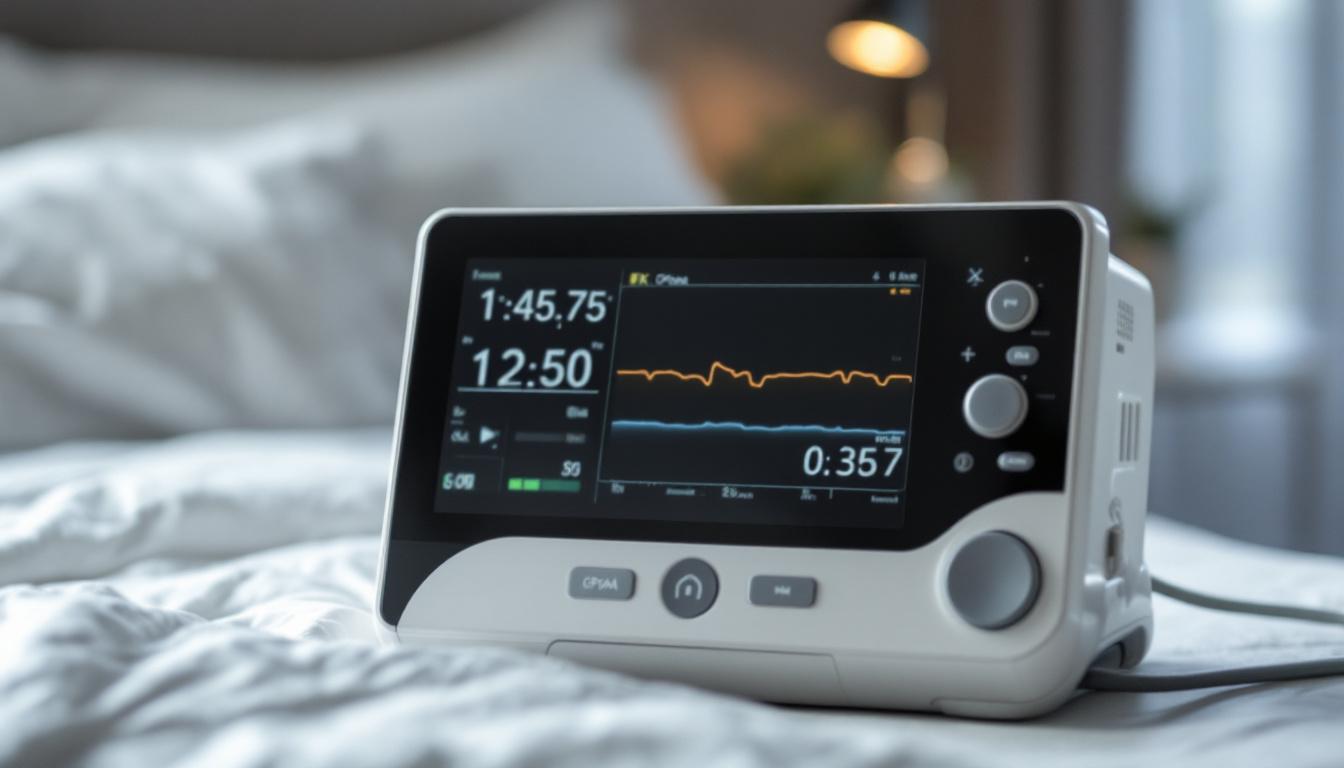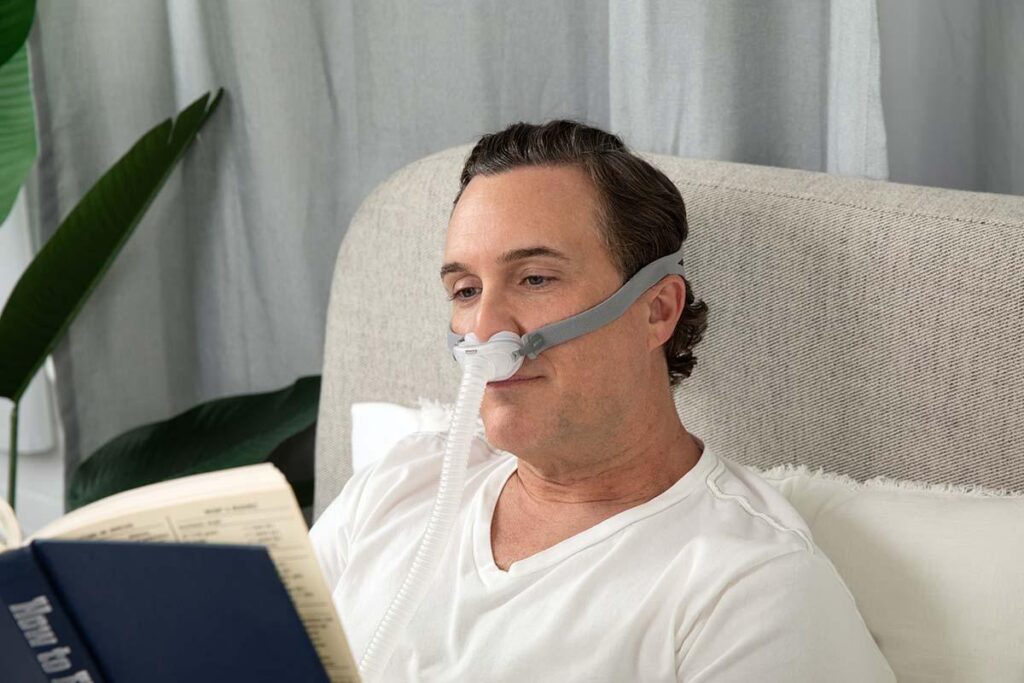Sleep apnea is a serious sleep disorder that affects millions of Australians. Characterised by repeated interruptions in breathing during sleep, it can lead to a range of health complications if left untreated. In Melbourne, the importance of early diagnosis and intervention cannot be overstated. This article explores the significance of sleep apnea testing, the various methods available, and the potential consequences of neglecting this condition.
Understanding Sleep Apnea
Sleep apnea is primarily categorised into two types: obstructive sleep apnea (OSA) and central sleep apnea (CSA). OSA is the more common form, occurring when the muscles at the back of the throat relax excessively, obstructing the airway. In contrast, CSA is less common and results from a failure of the brain to send proper signals to the muscles that control breathing. The interplay between these two types highlights the complexity of sleep disorders, necessitating a comprehensive understanding for effective management.
For those experiencing symptoms or at risk, taking the first step towards diagnosis and treatment can be life-changing. Early intervention saves lives, making sleep apnea testing Melbourne.

The Prevalence of Sleep Apnea in Australia
Recent studies indicate that sleep apnea affects approximately 1 in 5 adults in Australia, with many remaining undiagnosed. The condition can occur at any age, but it is more prevalent in older adults and those with certain risk factors such as obesity, smoking, and a family history of sleep disorders. Alarmingly, the rising rates of obesity in Australia have contributed to an increase in OSA cases, prompting health professionals to advocate for lifestyle changes as a preventative measure.
Melbourne, as a bustling metropolitan area, has seen a rise in awareness regarding sleep health. However, many individuals still overlook the symptoms, which can include loud snoring, gasping for air during sleep, and excessive daytime sleepiness. Public health campaigns are increasingly focusing on educating the community about the importance of recognising these signs, as untreated sleep apnea can lead to serious complications, including cardiovascular problems and diabetes. Additionally, the stigma surrounding sleep disorders often prevents individuals from seeking help, making it vital to foster an open dialogue about sleep health.
Read more at: Bulk-Bill Sleep Study Sydney: Affordable Testing Explained
Recognising the Symptoms
Identifying the symptoms of sleep apnea is crucial for early diagnosis. Common signs include:
- Loud snoring
- Choking or gasping during sleep
- Morning headaches
- Difficulty concentrating during the day
- Excessive daytime sleepiness
If these symptoms are present, it is essential to seek medical advice promptly. Early intervention can significantly improve quality of life and reduce the risk of severe health issues. Furthermore, healthcare providers may recommend a sleep study, which can be conducted in a sleep clinic or at home, to accurately diagnose the condition. This process often involves monitoring various physiological parameters during sleep, providing valuable insights into the severity and type of sleep apnea a patient may be experiencing.
In addition to the physical symptoms, sleep apnea can also have a profound impact on mental health. Individuals suffering from this condition may experience increased levels of anxiety and depression due to the chronic fatigue and disrupted sleep patterns that accompany it. The interplay between sleep quality and mental well-being underscores the importance of addressing sleep disorders not only for physical health but also for emotional resilience. As awareness grows, more resources and support systems are becoming available, encouraging those affected to seek the help they need.
The Importance of Testing
Testing for sleep apnea is vital for confirming a diagnosis and determining the most effective treatment plan. In Melbourne, various testing options are available, ranging from home sleep tests to comprehensive sleep studies conducted in specialised clinics.
Types of Sleep Apnea Tests
There are two primary methods for diagnosing sleep apnea:
- Home Sleep Apnoea Testing (HSAT): This method allows individuals to conduct a sleep study in the comfort of their own home. The test typically involves wearing a portable device that monitors breathing patterns, oxygen levels, and heart rate during sleep. Learn more about oxygen on https://pubmed.ncbi.nlm.nih.gov/36162911/
- Polysomnography (PSG): A more comprehensive test, PSG is conducted in a sleep clinic and involves monitoring various body functions, including brain activity, eye movements, heart rate, and breathing patterns. This method provides a detailed overview of sleep stages and disturbances.
Both testing methods have their advantages. Home tests are convenient and less intimidating, while polysomnography offers a more thorough analysis of sleep patterns. The choice of test often depends on the severity of symptoms and the recommendations of healthcare professionals.

Who Should Get Tested?
Individuals who exhibit symptoms of sleep apnea or have risk factors such as obesity, hypertension, or a family history of sleep disorders should consider getting tested. Additionally, those experiencing unexplained fatigue or mood changes may also benefit from a sleep evaluation.
Consequences of Untreated Sleep Apnea
Neglecting sleep apnea can lead to severe health complications. The condition is associated with an increased risk of cardiovascular diseases, diabetes, and stroke. Furthermore, untreated sleep apnea can significantly impact mental health, leading to conditions such as depression and anxiety.
Impact on Physical Health
Research has shown that individuals with untreated sleep apnea are at a higher risk of developing heart problems. The repeated interruptions in breathing can cause fluctuations in blood pressure and strain the cardiovascular system, leading to conditions such as hypertension, heart failure, and arrhythmias. Click here to find more about hypertension.
Moreover, sleep apnea is linked to metabolic disorders, including type 2 diabetes. The lack of restorative sleep can disrupt insulin sensitivity, making it more challenging for the body to regulate blood sugar levels.
Effects on Mental Well-being
The consequences of sleep apnea extend beyond physical health. Chronic sleep deprivation can lead to cognitive impairments, affecting memory, attention, and decision-making abilities. Furthermore, the constant fatigue associated with sleep apnea can contribute to mood disorders, including depression and anxiety.
Addressing sleep apnea not only improves physical health but also enhances overall quality of life. Individuals often report increased energy levels, improved mood, and better cognitive function after receiving appropriate treatment.
Treatment Options for Sleep Apnea
Once diagnosed, various treatment options are available to manage sleep apnea effectively. The choice of treatment often depends on the severity of the condition and individual patient needs.
Lifestyle Changes
For mild cases of sleep apnea, lifestyle modifications can significantly reduce symptoms. These may include:
- Weight loss: Reducing excess weight can alleviate pressure on the airway.
- Avoiding alcohol and sedatives: These substances can relax the throat muscles, worsening symptoms.
- Changing sleep positions: Sleeping on one’s side rather than the back can help keep the airway open.
Implementing these changes can lead to substantial improvements in sleep quality and overall health.
Continuous Positive Airway Pressure (CPAP)
For moderate to severe cases, continuous positive airway pressure (CPAP) therapy is often recommended. This treatment involves wearing a mask connected to a machine that delivers a continuous stream of air, keeping the airway open during sleep. CPAP has proven to be highly effective in reducing symptoms and improving sleep quality.
Other Treatment Options
In addition to CPAP, other treatment options may include:
- Oral Appliances: Dental devices that reposition the jaw and tongue to keep the airway open.
- Surgery: In some cases, surgical intervention may be necessary to remove excess tissue or correct structural abnormalities in the airway.
Consulting with a healthcare professional is essential to determine the most suitable treatment plan based on individual needs and preferences.
Conclusion
Sleep apnea is a serious condition that can have far-reaching consequences if left untreated. In Melbourne, the availability of various testing methods and treatment options underscores the importance of early diagnosis. Recognising the symptoms and seeking timely medical advice can lead to improved health outcomes and a better quality of life.
With the right approach, individuals can manage sleep apnea effectively, reducing the risk of associated health complications and enhancing their overall well-being. Awareness and education about sleep health are crucial in combating this prevalent condition, ensuring that more Australians receive the care they need.

